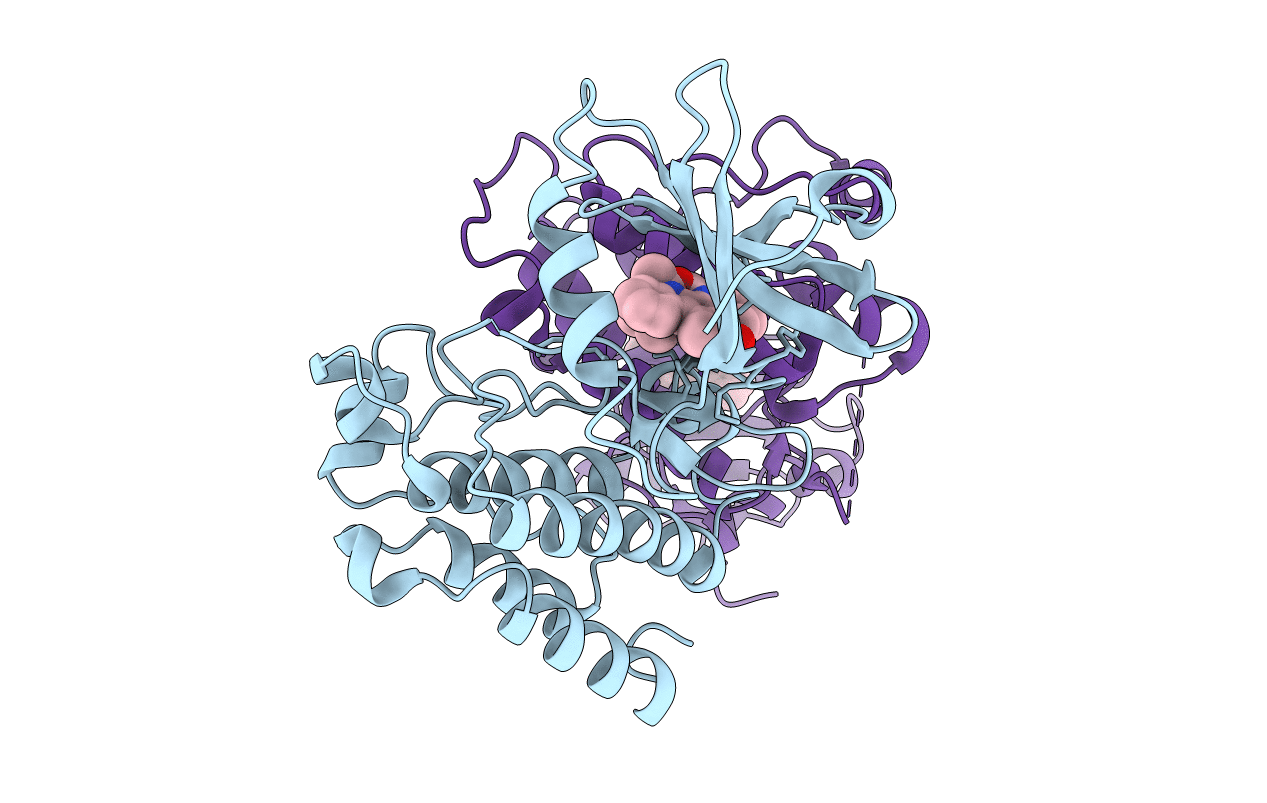
Deposition Date
2008-05-21
Release Date
2008-08-05
Last Version Date
2024-10-16
Entry Detail
PDB ID:
3D7T
Keywords:
Title:
Structural basis for the recognition of c-Src by its inactivator Csk
Biological Source:
Source Organism:
Homo sapiens (Taxon ID: 9606)
Gallus gallus (Taxon ID: 9031)
Gallus gallus (Taxon ID: 9031)
Host Organism:
Method Details:
Experimental Method:
Resolution:
2.90 Å
R-Value Free:
0.27
R-Value Work:
0.23
R-Value Observed:
0.23
Space Group:
P 31 2 1


